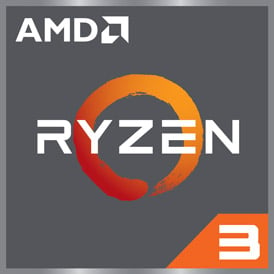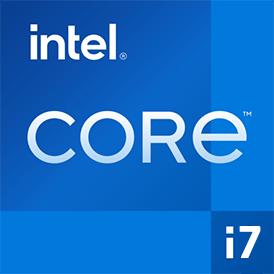 Estimated results for PassMark CPU Mark
Estimated results for PassMark CPU Mark
|
|
AMD Ryzen 3 2200G
4C 4T @ 3.5 GHz
|
6781
|
|
|
Intel Core i7-6660U
2C 4T @ 2.4 GHz
|
3720
|
 Geekbench 6 (Multi-Core)
Geekbench 6 (Multi-Core)
|
|
AMD Ryzen 3 2200G
4C 4T @ 3.5 GHz
|
3367
|
|
|
Intel Core i7-6660U
2C 4T @ 2.4 GHz
|
2197
|
 Geekbench 5, 64bit (Multi-Core)
Geekbench 5, 64bit (Multi-Core)
|
|
AMD Ryzen 3 2200G
4C 4T @ 3.5 GHz
|
2750
|
|
|
Intel Core i7-6660U
2C 4T @ 2.4 GHz
|
1896
|
 iGPU - FP32 Performance (Single-precision GFLOPS)
iGPU - FP32 Performance (Single-precision GFLOPS)
|
|
AMD Ryzen 3 2200G
4C 4T @ 3.5 GHz
|
1126
|
|
|
Intel Core i7-6660U
2C 4T @ 2.4 GHz
|
806
|
 Geekbench 6 (Single-Core)
Geekbench 6 (Single-Core)
|
|
Intel Core i7-6660U
2C 4T @ 2.4 GHz
|
1092
|
|
|
AMD Ryzen 3 2200G
4C 4T @ 3.5 GHz
|
1089
|
 Geekbench 5, 64bit (Single-Core)
Geekbench 5, 64bit (Single-Core)
|
|
AMD Ryzen 3 2200G
4C 4T @ 3.5 GHz
|
855
|
|
|
Intel Core i7-6660U
2C 4T @ 2.4 GHz
|
820
|

